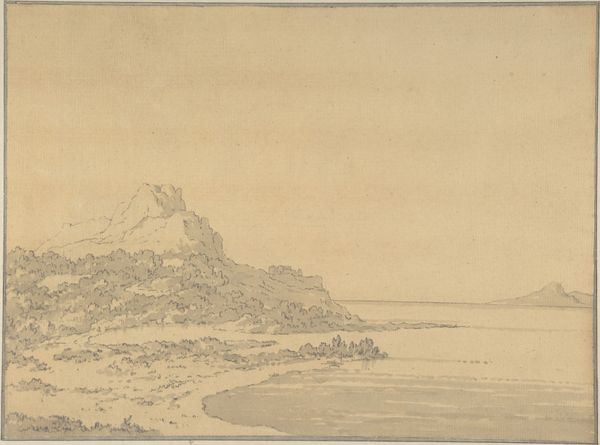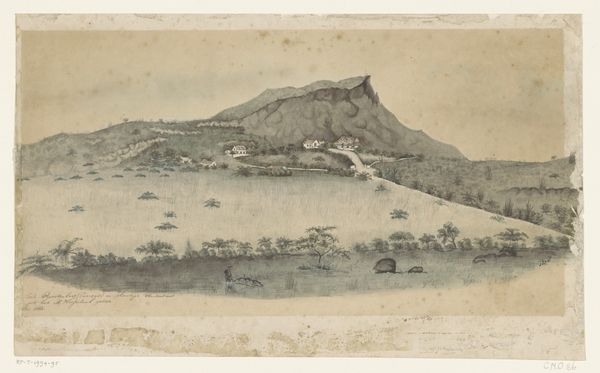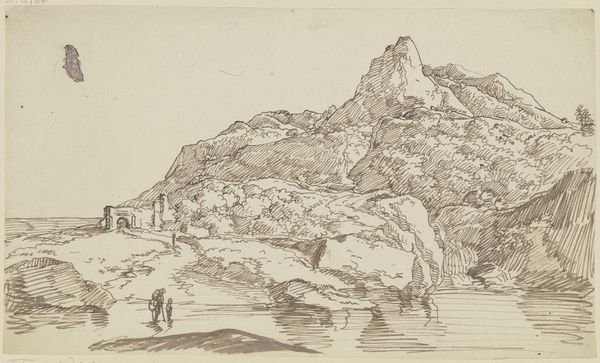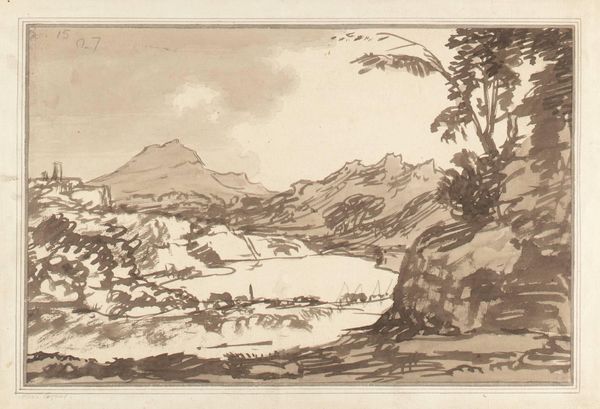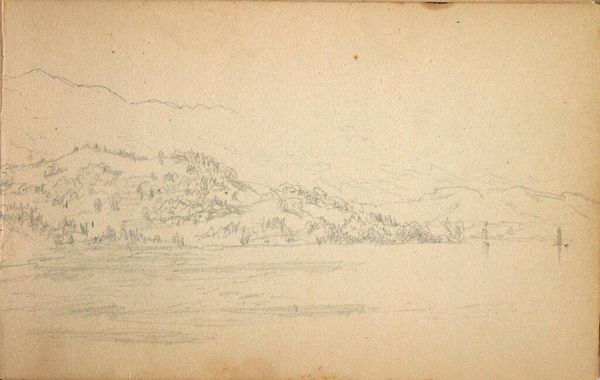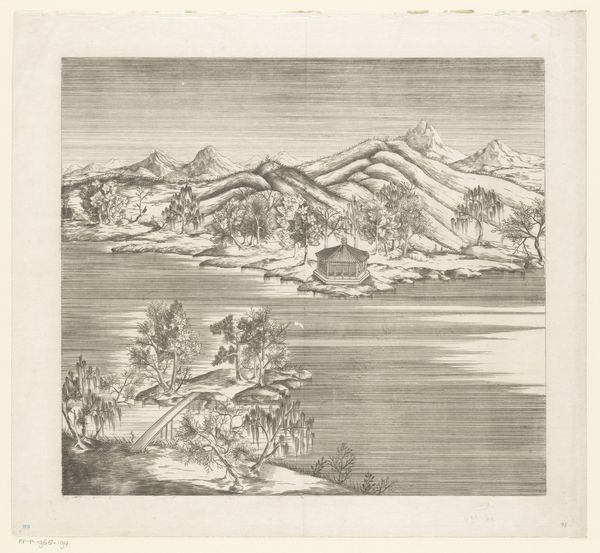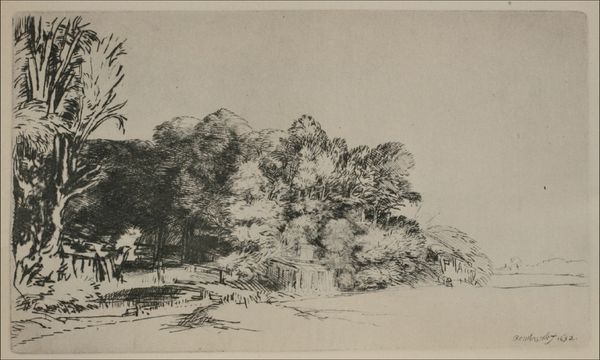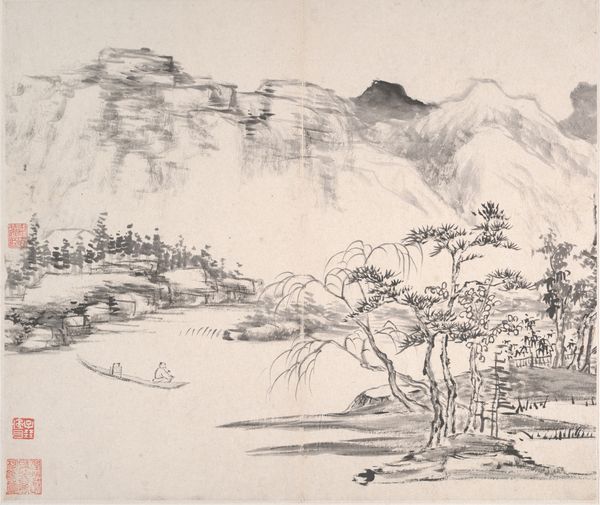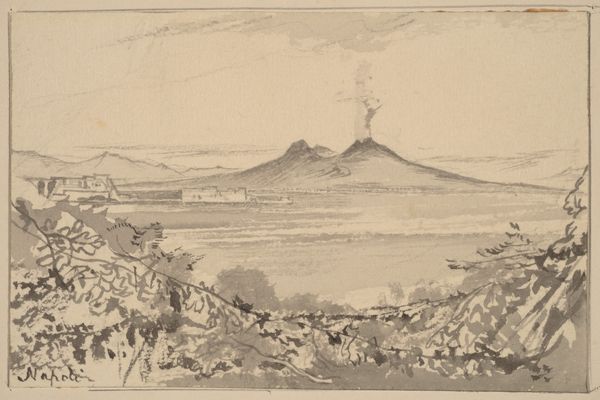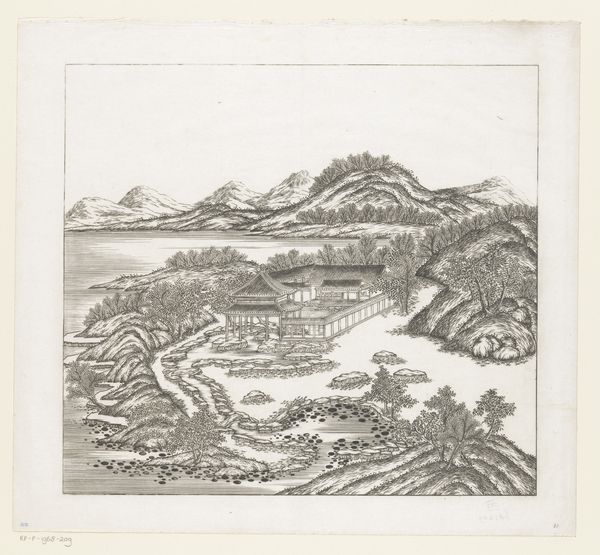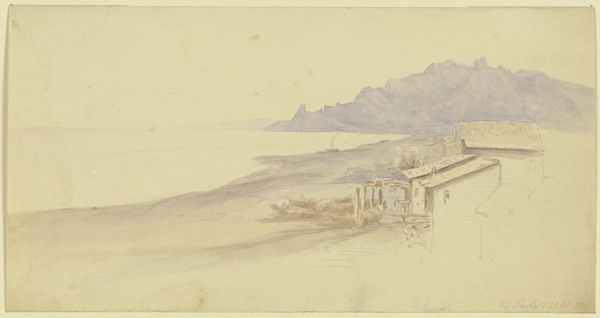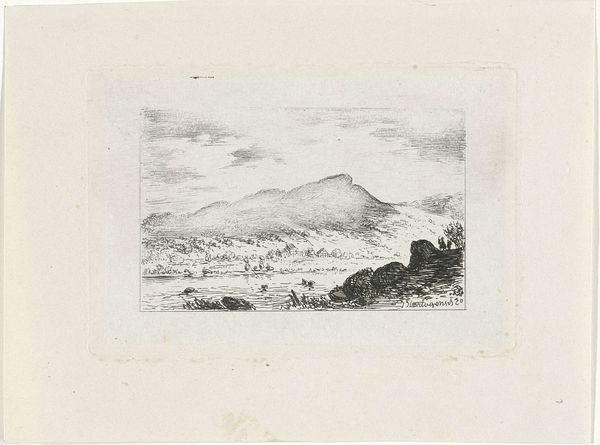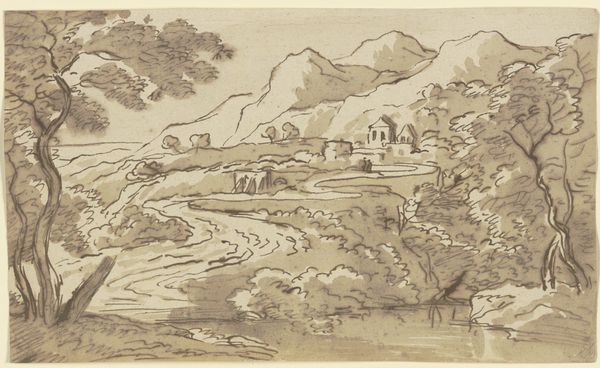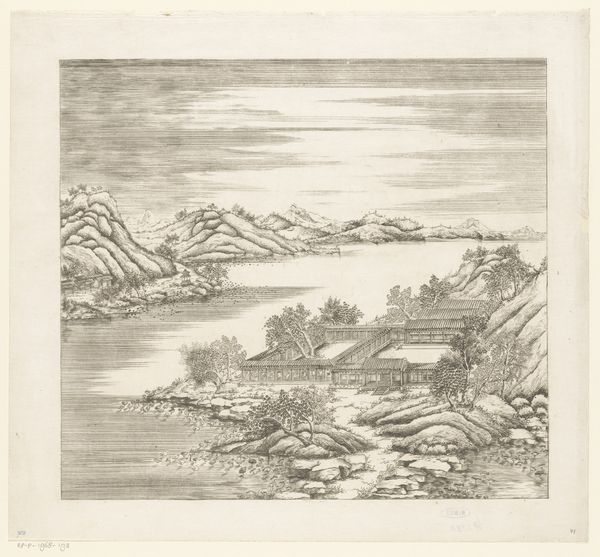
drawing, paper, ink
#
drawing
#
asian-art
#
landscape
#
charcoal drawing
#
paper
#
ink
Dimensions: Painting: 10 × 48 in.; calligraphy: 10 × 165 in.
Copyright: Public Domain
Editor: This ink drawing on paper, called "Pavilion of Eight Poems," is attributed to Chen Chun and thought to be from the Ming Dynasty. The monochromatic washes create such a serene and reflective mood. How do you see this artwork interacting with its historical context? Curator: It's crucial to understand the role of landscape painting within the literati culture of the Ming Dynasty. These images weren't just pretty pictures. They were deeply intertwined with politics, philosophy, and social standing. Who controlled the representation of the landscape? And what did that landscape *mean*? Editor: So, the act of painting this kind of scene was itself a statement? Curator: Exactly. The literati often found themselves in opposition to the Imperial court. Landscape painting became a way to express their values: a retreat from the corrupting influence of power and a celebration of personal cultivation. Consider the 'Pavilion of Eight Poems' – what do you think it symbolized to showcase people meeting to write? Editor: Perhaps a commentary of the role that poetry, the arts, had in culture at the time? Or just a quiet, humble existence away from larger societal issues. Curator: Both are very likely, especially since the artist includes two people inside that building - this becomes a not-so-subtle signal of their interest in discourse during what may have been turbulent times politically and socially. The fact it survives within the museum context, as a marker of cultural identity, proves how crucial landscape was. Where does that leave us, do you think, now that this landscape is in the Art Institute of Chicago? Editor: It highlights how tastes and cultures shift over time, and how art continually adopts different roles to stay relevant. I had no idea about landscape’s loaded meaning. Curator: And I've enjoyed thinking about this work as an intersection of individual agency and the museum as a public space. Art never exists in a vacuum!
Comments
No comments
Be the first to comment and join the conversation on the ultimate creative platform.
